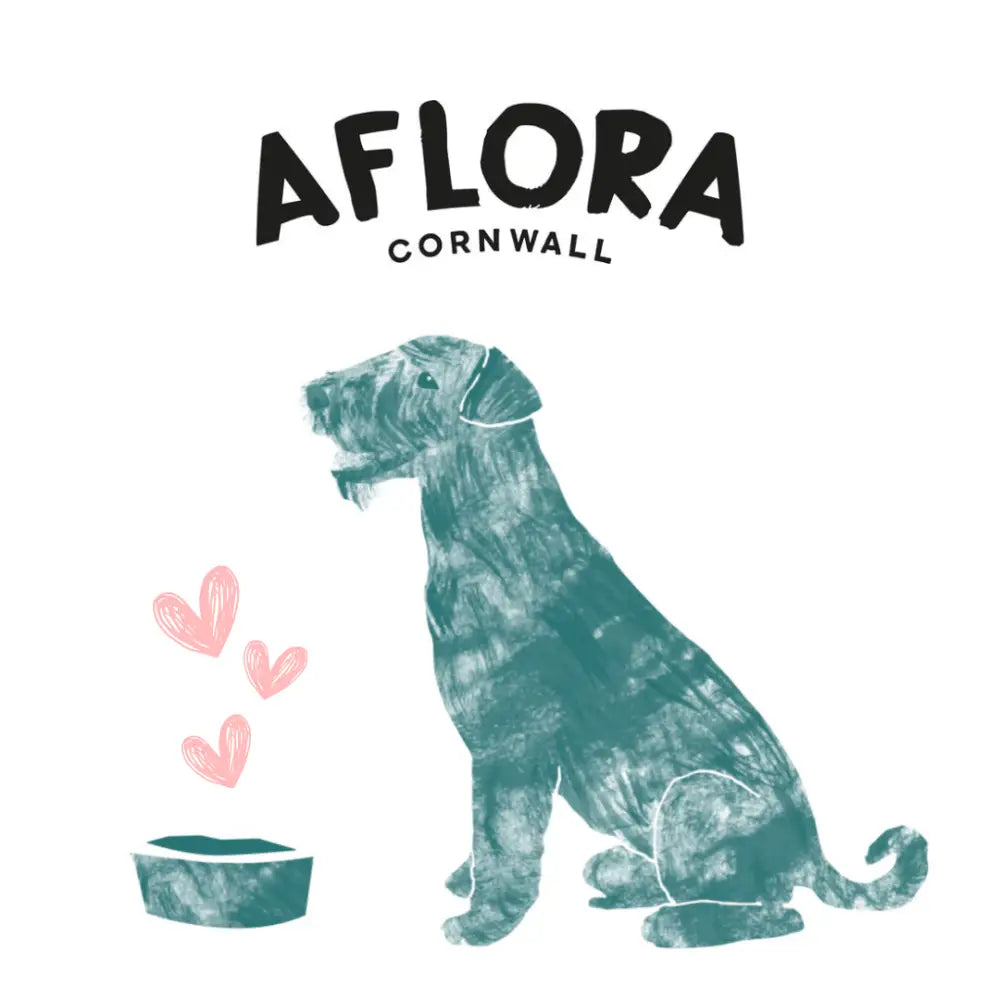As more pet owners become environmentally conscious, reducing a pet’s carbon pawprint has become an essential part of sustainable living. Just as humans can adopt eco-friendly habits, there are simple yet impactful ways to help your pet live a greener, more sustainable life. From switching to sustainable pet food to reducing waste during walks, this guide will show you practical tips for reducing your pet’s environmental impact.
Why Reducing Your Pet’s Carbon Pawprint Matters
Pets, like humans, have an environmental impact. From the food they eat to the waste they produce, pets contribute to carbon emissions, resource consumption, and pollution. Reducing your pet’s carbon pawprint means making choices that minimise their impact on the environment. This can range from choosing sustainable products to adopting greener habits in your day-to-day pet care routine.
1. Eco-Friendly Pet Food Choices
One of the most significant ways to reduce your pet’s carbon pawprint is through their diet. Pet food production, particularly meat-based diets, can have a substantial environmental impact due to the resources required to raise livestock.
Here’s how to make more sustainable food choices for your pet:
-
Switch to Sustainable Pet Food Brands Opting for pet food made from sustainably sourced ingredients can help lower your pet’s carbon footprint. Look for brands that use responsibly sourced proteins, organic ingredients, and environmentally friendly packaging.
-
Consider a Plant-Based Diet Plant-based diets can be a more sustainable option, as they require fewer resources to produce than meat-based diets. While this might not be suitable for all pets, some dogs and cats can thrive on a carefully balanced plant-based diet.
Tip: Consult with your vet before switching your pet to a plant-based diet to ensure it meets their nutritional needs.
2. Reducing Waste in Your Pet’s Daily Routine
Reducing waste is another key aspect of lowering your pet’s carbon pawprint. From biodegradable waste bags to reusable accessories, there are many ways to cut down on the amount of waste generated by pet care.
-
Biodegradable Waste Bags Traditional plastic waste bags contribute to landfill pollution and take hundreds of years to decompose. Switching to biodegradable or compostable waste bags is a simple yet effective way to reduce your pet’s environmental impact.
-
Reusable Pet Accessories Investing in high-quality, reusable pet accessories like water bottles, food containers, and grooming tools can significantly reduce the amount of single-use plastic and disposable products in your pet care routine.
Tip: Choose durable products made from sustainable materials like bamboo, stainless steel, or recycled plastic to further reduce your environmental footprint.
3. Sustainable Grooming and Care Products
Just like with food and waste, the grooming products you use for your pet can also have an impact on the environment. Many conventional pet care products contain harmful chemicals and come in single-use plastic packaging. Switching to natural, sustainable alternatives can reduce your pet’s carbon pawprint while keeping them healthy and clean.
-
Natural Grooming Products Look for grooming products made from natural, biodegradable ingredients that are free from harsh chemicals. Not only are these better for the environment, but they’re also gentler on your pet’s skin and coat.
Product Recommendation: Hownd Yup You Stink! Natural Conditioning Shampoo is made with plant-based ingredients and comes in recyclable packaging, making it a great eco-friendly choice for your pet's grooming routine.
-
Eco-Friendly Pet Beds and Toys Pet beds and toys made from recycled materials or sustainable fibers can significantly reduce the environmental impact of pet care. Avoid products made from synthetic materials that are difficult to recycle or dispose of responsibly.
Tip: Look for brands that use natural, organic cotton, hemp, or recycled polyester in their pet beds and toys to minimise your pet's carbon footprint.
4. Greener Pet Travel and Transportation
Whether you're taking your pet for a walk or on a trip, travel-related activities can contribute to your pet’s carbon pawprint. By making small changes, you can reduce the environmental impact of your pet’s transportation and exercise routines.
-
Walk More, Drive Less If you typically drive to a nearby park for walks, consider walking your pet locally instead. This reduces your carbon emissions and provides both you and your pet with more exercise.
Tip: Plan out walking routes in your neighbourhood to give your pet the stimulation they need without the need for a car ride.
-
Choose Eco-Friendly Travel Gear When traveling with your pet, opt for eco-friendly travel gear made from sustainable materials. This includes carriers, travel bowls, and even leashes made from recycled or natural fibres.
5. Supporting Sustainable Pet Brands
Finally, one of the most impactful ways to reduce your pet’s carbon pawprint is by supporting brands that prioritise sustainability. These companies focus on reducing their environmental impact through sustainable sourcing, ethical production practices, and eco-friendly packaging.
-
Sustainability Certifications Look for brands with certifications like organic, fair trade, or cruelty-free to ensure that the products you’re buying align with your values. These certifications indicate that the brand is committed to ethical, sustainable practices.
Tip: The Pets Larder stocks products from several environmentally responsible brands that emphasise sustainability and eco-friendly practices. By choosing these products, you can support companies working to reduce their carbon footprint.
Disclaimer
This article provides general information about reducing your pet’s carbon pawprint and is not a substitute for professional advice. Always consult with your veterinarian or a qualified professional before making significant changes to your pet’s diet, grooming, or care routine. The products and tips mentioned are intended to support sustainability efforts, but individual results may vary.
Making small, eco-friendly changes to your pet care routine can have a significant impact on the environment. By choosing sustainable products and adopting greener practices, you can help reduce your pet’s carbon pawprint while contributing to a healthier planet for all.














